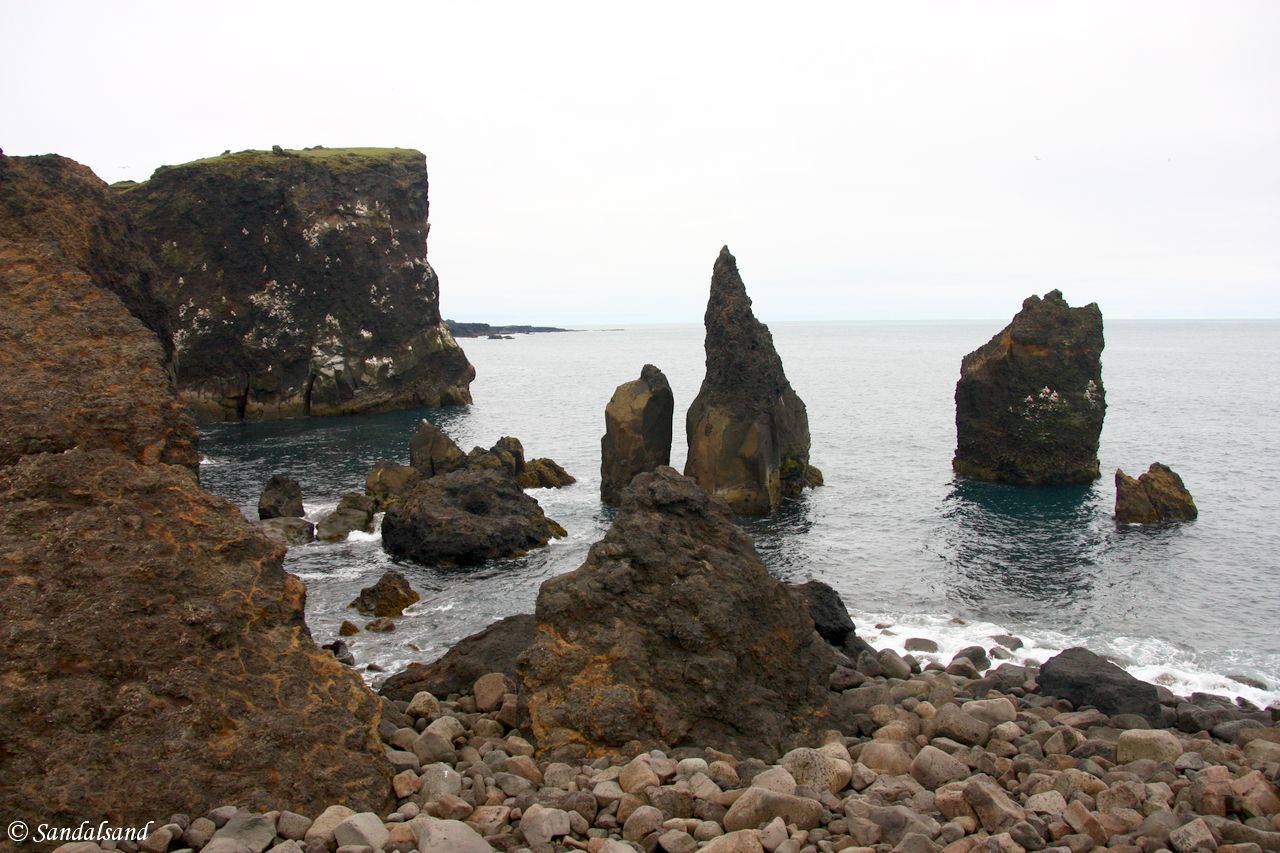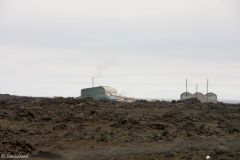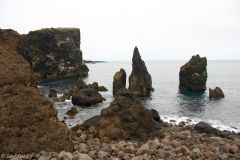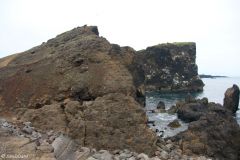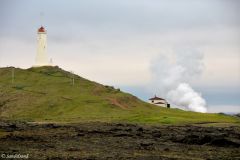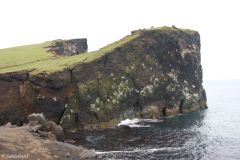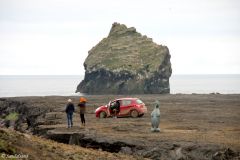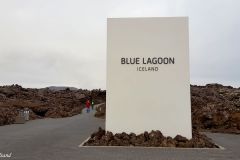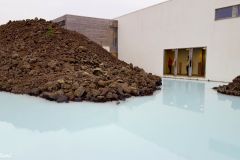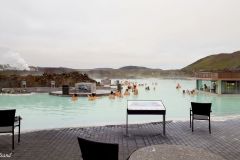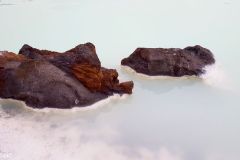Iceland is beautiful and peaceful. It is also expensive and not so small as you might think. How many days should you stay, where should you go and how? These were among the questions I asked. Here are my answers.
Planning an itinerary
Planning my visit to Iceland, my first, I had been talking to people back home. Some had spent several weeks going the entire circle and even on rough ground in the middle. Some had spent a week going to the far north. Others had only done the basics for a couple of days: Reykjavik, the Blue Lagoon and the Golden Circle.
Giving my other priorities this summer I set aside four-five days. I went for this itinerary:
- Day 1. Arrival in the afternoon. Evening in Reykjavik.
- Day 2. Full day in Reykjavik, on foot
- Day 3. Full day on a road-trip to the Golden Circle east of Reykjavik. Evening drive to the southwest including the Blue Lagoon
- Day 4. Full day road-tripping the Snæfellsnes peninsula north of Reykjavik. Overnight in town of Grundarfjörður.
- Day 5. Return to Keflavik airport for a late night flight
Creating a map
The map includes several attractions I identified before getting to Iceland, just-in-case places, but the blue lines reveals my actual route.
Adjusting destinations to time available
According to Google Maps the full circle around Iceland adds up to 1,325 km, 17 hours of continuous driving, if lucky. Calculating other distances I realised that visiting the large northwestern peninsula would have caused to many kilometres on the road, and virtually no stops. My other priority was the northern town of Akureyri but that too was a bit too far. The south of Iceland does not seem to have so many attractions or appeal. The case is that I wanted to see rural Iceland, the desolate, moon-like landscape. I found it: Compared to many itineraries I have seen, what stands out is the Snæfellsnes peninsula. It was recommended by colleagues, including an Icelander, and it was feasible.
I am always looking out for UNESCO World Heritage Sites. Iceland has two: One is the almost impossible to reach new volcanic island of Surtsey, the other is the Thingvellir national park. I would be getting to the latter on the Golden Circle. Here are three short blog posts about the circle: Link 1. Link 2. Link 3.
In addition to a number of blog posts, and the usual guidebooks, I consulted these sources of information: Iceland, Be Iceland and Visit West Iceland.

Gullfoss is one of the main attractions on the Golden Circle
Getting around, sleeping and eating
I was kind of on a budget, as I always am. Iceland is on the other hand so expensive that expenses will be high anyway. Brace yourself for accommodation prices of 150 EUR/GBP/USD per night, and up. With a population of only 300,000 Iceland is sparsely populated, and the majority live in Reykjavik. Nevertheless there are towns and villages all around the country, and also hotels, guesthouses and Airbnb.
You can survive in Iceland by purchasing bread and butter at a local supermarket, or like me, eat a reasonably priced meal for around 20 EUR/GPB/USD.
Unless you are on a guided tour, Iceland offers quite alright prices for rental cars. My small car, which I rented for three days, cost me in total the same as one night in a guesthouse. If you want to travel outside the paved, well-maintained roads you need a bigger 4WD. Remember: Iceland is windy and a lot of insurance cases are related to tourists opening their car doors not holding on to the door handle.
Iceland is a civilised country and most people speak good English. It is clean, safe and the roads are sign-posted well. Use the road map you get at the rental agency, and rely on the GPS on your smart phone in combination with an offline version of Google Maps.
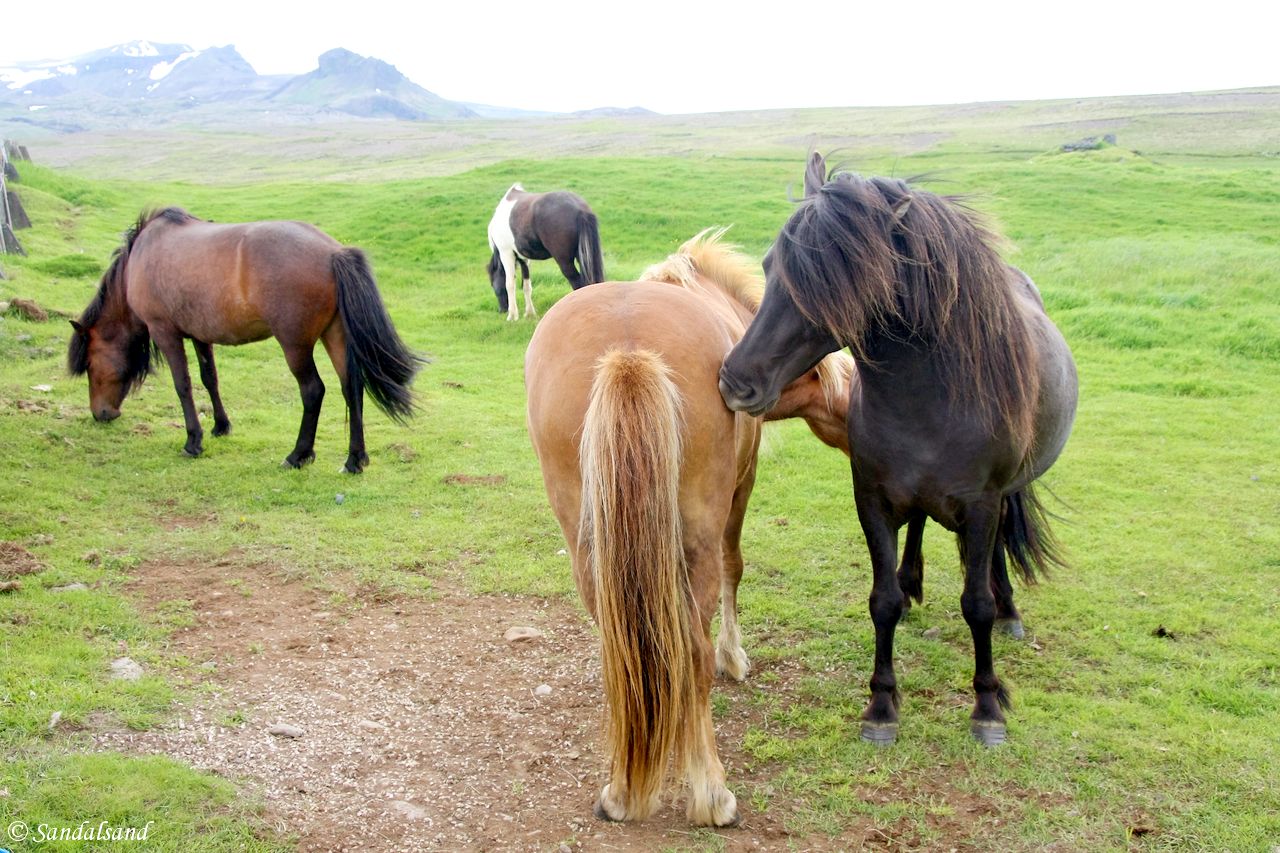
My vacation was active, in a way. But you will also be able to see Iceland from a horse-back, hiking, or even from weird-looking vehicles across glaciers.
The following two attractions of Iceland were visited in the early evening, after the day-trip to the Golden Circle described in article 3 in this series from Iceland. I include the description here as a teaser of what is to come in the subsequent travelogues.
The Reykjanes peninsula
The airport of Keflavik is situated southwest of Reykjavik. If you continue south you will reach the Reykjanes peninsula. If you have the time, do have a look at it – but you need a car. The surroundings are reasonably flat. Getting around on your feet might be a bit awkward though, as the dried lava from thousands of years ago makes the terrain very rugged. Here and there steam clouds come up from the ground and geothermal plants are seen as you drive by.
I came here on a round-trip from Reykjavik towards Keflavik before turning due south until I reached the tip of the peninsula. What a scenery! The Reykjanesviti lighthouse is iconic and was the country’s first lighthouse. The present version dates back to 1907.
To get there you will have to zigzag on a bad volcanic road the last few kilometres, so take care of your rented vehicle. I made it a round-trip by turning east to Grindavik and then the much better road north to the Blue Lagoon and back to Reykjavik.
The Blue Lagoon
You may call this a tourist trap. If you have a stop-over on Keflavik Airport for a few hours you will be able to get here. If you are on a guided tour of Iceland you will most definitely be taken here. Even if you are “doing” Iceland on your own you will want to get to the famous Blue Lagoon. It is one of Iceland’s most famous and most visited attractions.
Set in the midst of a sea of black, dried lava, the lagoon stands out like an oasis out of this world. The entrance, a walkway from the parking lot amidst lava rocks, is spectacular. The facility is very modern and you will also be able to rent swimming gear and everything else you need from the reception once you are inside. You will need to be very thorough rinsing yourself, and in particular your hair, after the swim. The temperature in the lagoon is a relaxing 37-39 degrees C, making this a year-round affair. The lagoon is man-made, formed as a large pool, but the water is natural and rich in minerals like silica and sulphur. The latter is not as strong to your nose as you might fear.
The Blue Lagoon advises you to book your ticket in advance. People at home had told me that evenings tend to be less crowded, so I came here as the sun was beginning to set, and after the busloads had left. I did not regret it. There is also a restaurant and spa at the facility.
Read more
The series from Iceland consists of these articles:
(1) How to get the most out of four nights in Iceland (THIS)
World Heritage Site #1152 – Thingvellir National Park
